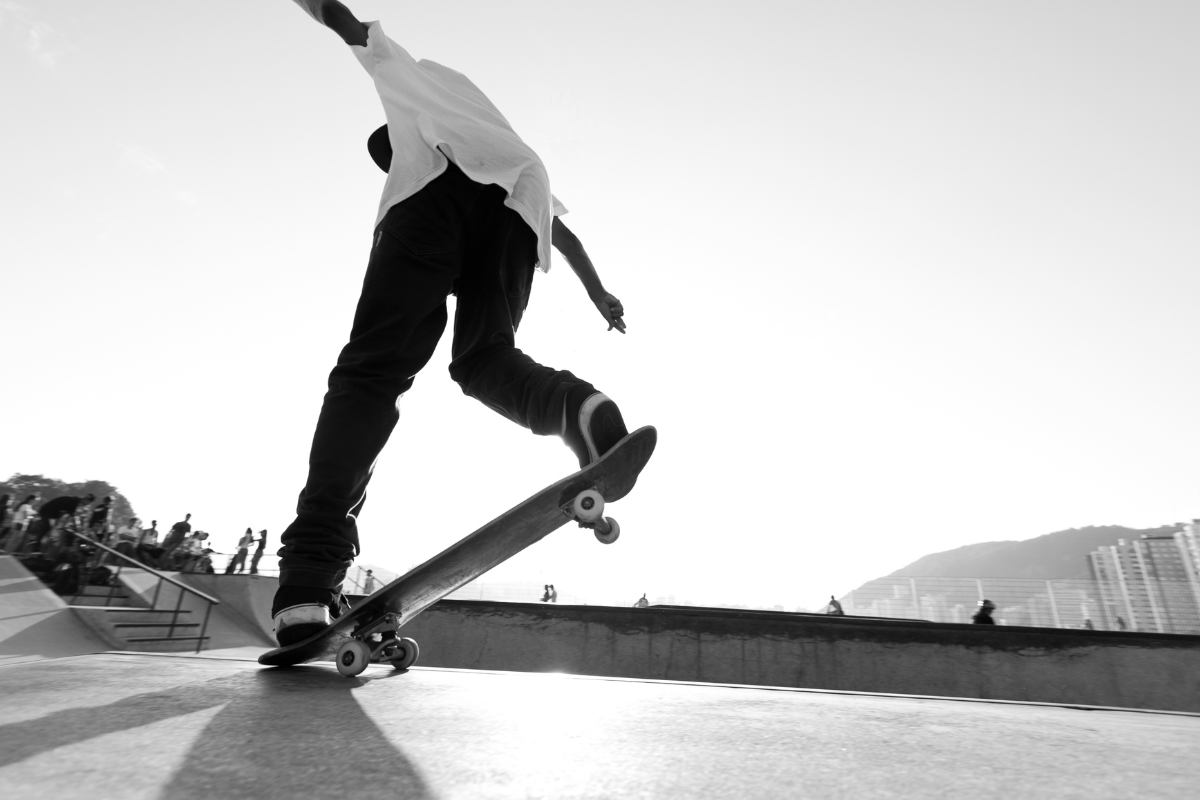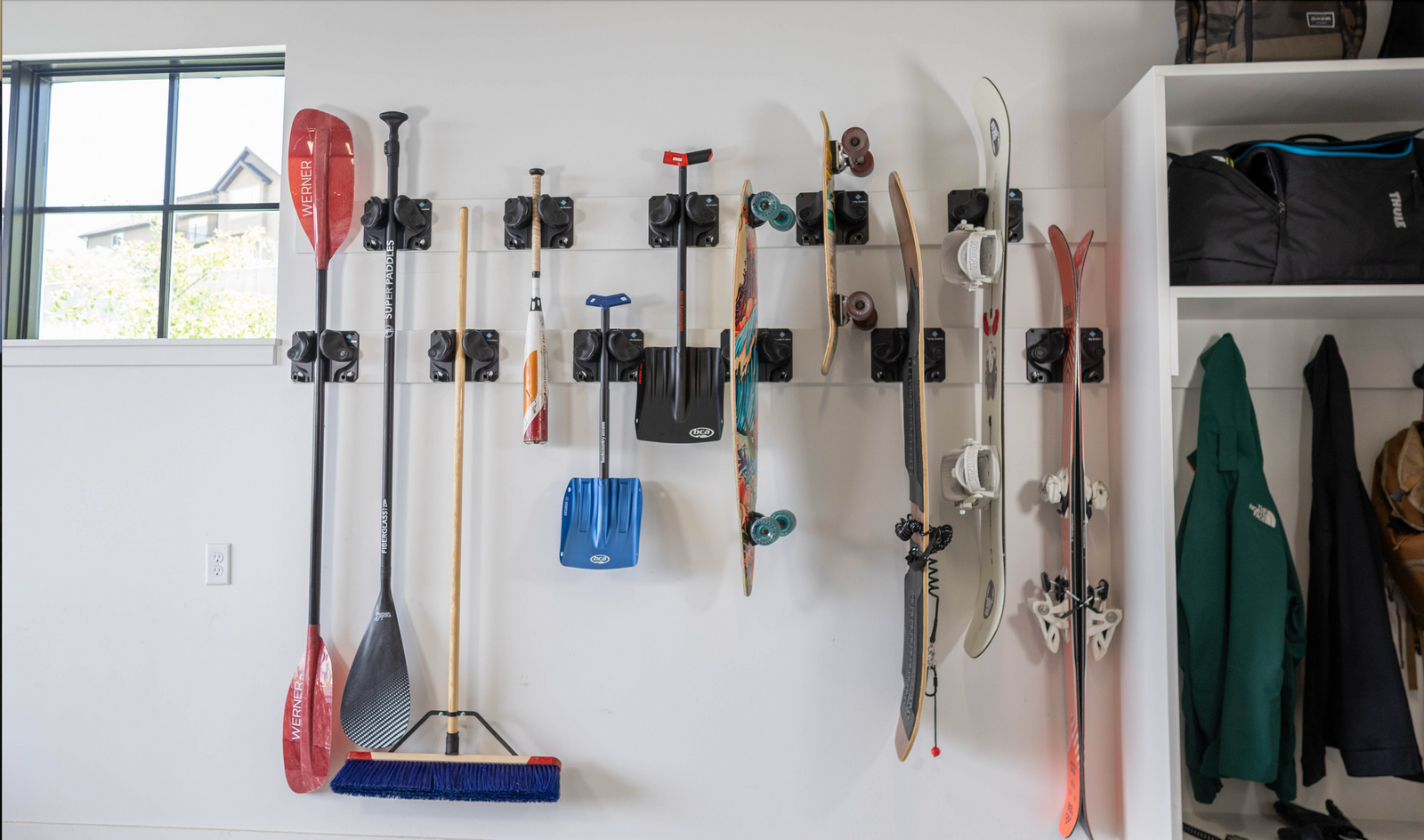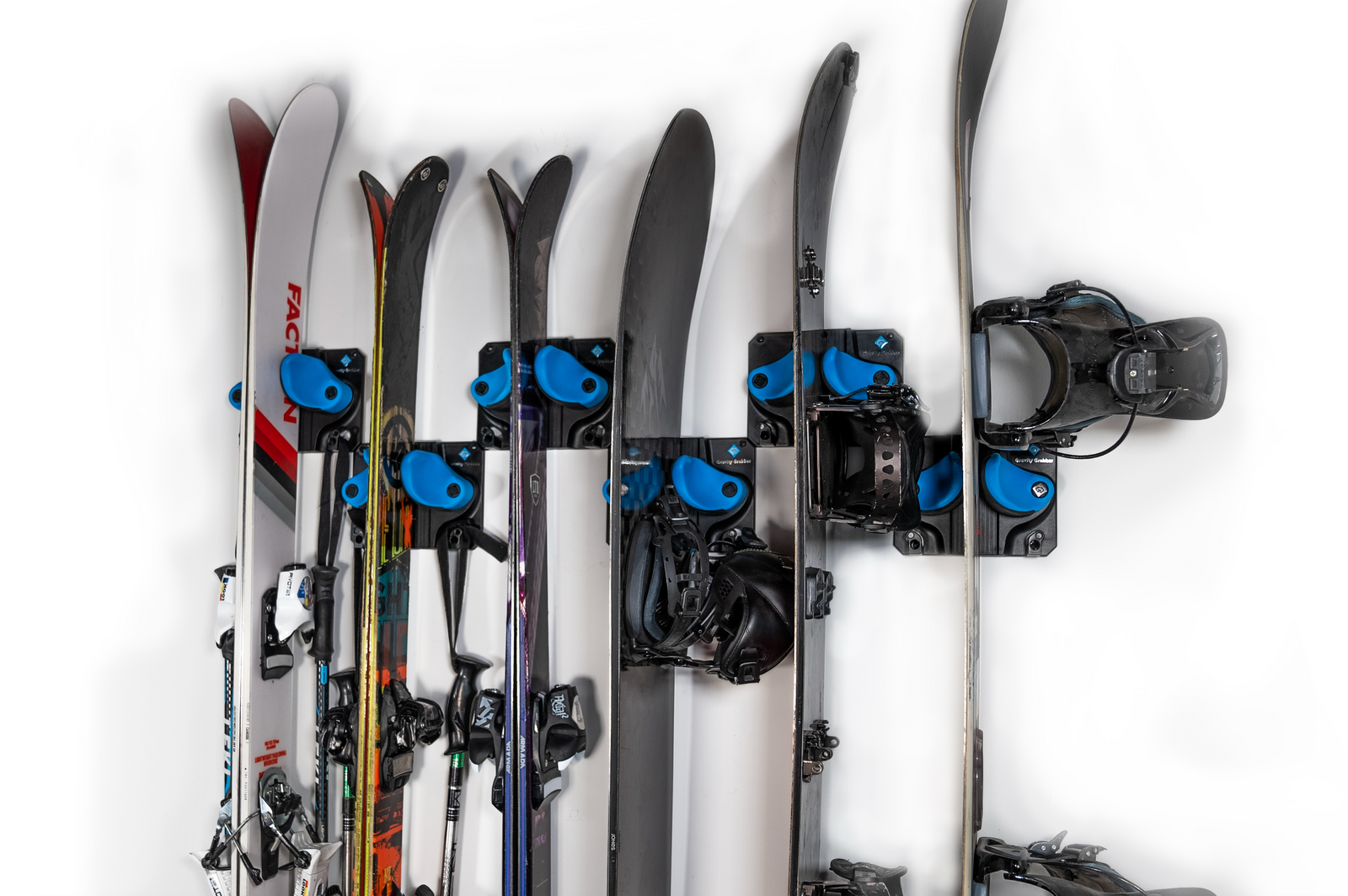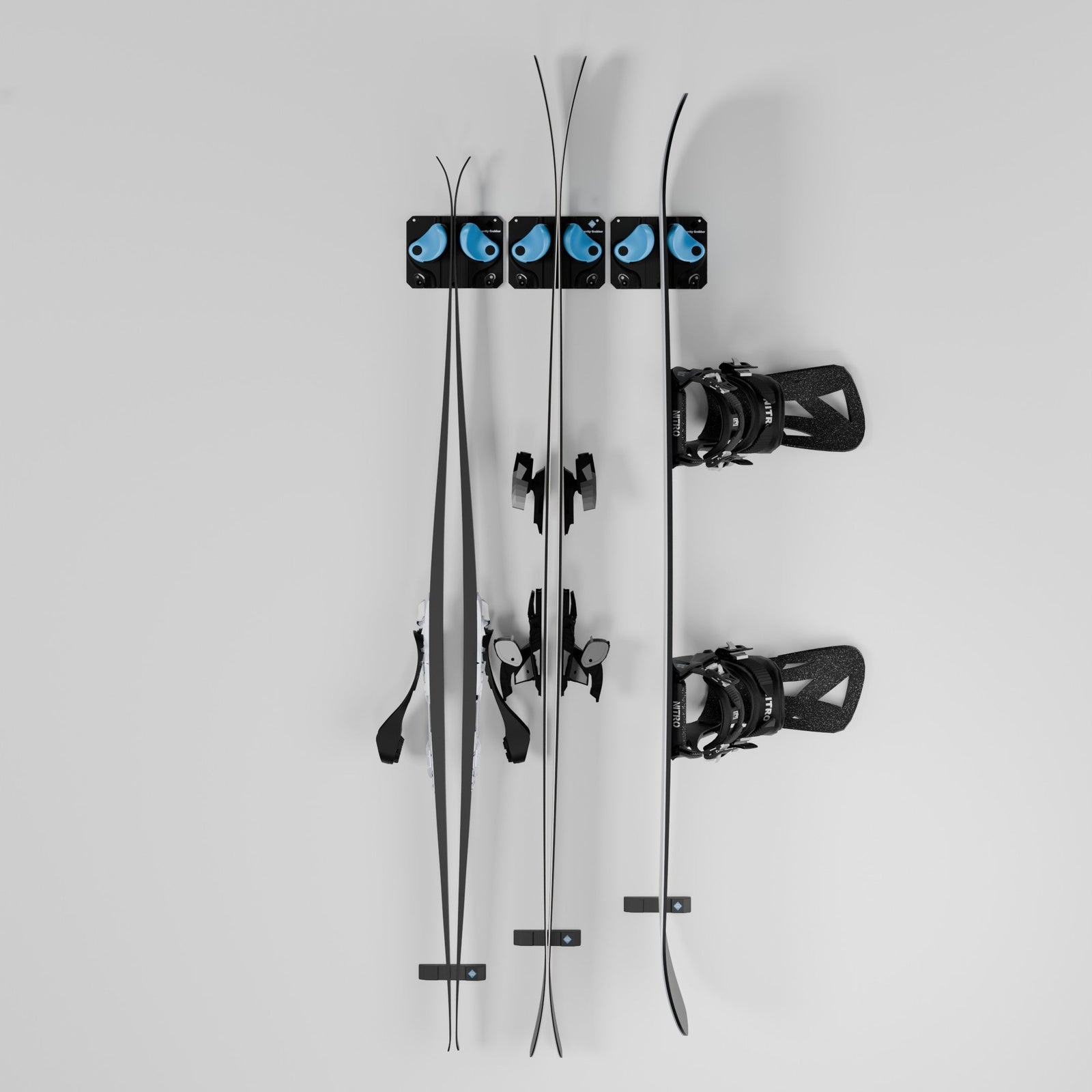Whether you’re new to skating or looking to fine-tune your setup, knowing the different parts of a skateboard is essential. Each part plays a specific role in how the board rides, turns, and feels. Understanding these pieces helps you maintain your skateboard, customize your setup, and get the most out of every session.
Here’s a full breakdown of the major parts of a skateboard and what each one does.
1. Deck
The deck is the flat board you stand on. It’s typically made of multiple layers of maple wood pressed together for strength and flexibility.
Key features:
-
Shape: Can vary based on style (street, cruiser, downhill).
-
Size: Width typically ranges from 7.5 to 8.5 inches for street boards, wider for cruising or vert skating.
-
Concave: The slight inward curve that improves foot grip and control.
The deck’s size and shape play a big role in how your board performs—whether you're doing tricks, cruising, or bombing hills.
2. Grip Tape
Grip tape is the gritty, sandpaper-like surface applied to the top of the deck.
It provides traction so your shoes can grip the board securely during tricks, turns, and pushes.
Key features:
-
Comes in sheets and is stuck onto the deck.
-
Often plain black, but available in colors, prints, and even clear options for custom looks.
Good grip tape is crucial for control and safety.
3. Trucks
Trucks are the metal T-shaped pieces mounted underneath the deck that connect the wheels to the board.
They allow the skateboard to turn and provide the main support for your ride.
Key components of trucks:
-
Baseplate: Bolts onto the deck.
-
Hanger: The large triangular piece that holds the axle.
-
Axle: The long rod that runs through the hanger where the wheels attach.
-
Kingpin: The central bolt that holds the truck parts together.
-
Bushings: The rubbery rings that allow the trucks to pivot smoothly.
Choosing the right truck size and tightness impacts turning ability and stability.
4. Wheels
Wheels attach to the trucks and allow your board to roll. They are usually made of polyurethane and come in a variety of sizes and hardness levels.
Key features:
-
Diameter: Smaller wheels (50–54mm) are great for street skating; larger wheels (55mm and above) are better for vert ramps or cruising.
-
Durometer: Measures hardness—softer wheels grip better and ride smoother; harder wheels slide more easily and are better for technical tricks.
The right wheels help match your skateboard’s performance to your terrain.
5. Bearings
Bearings fit inside each wheel and allow it to spin freely around the axle.
Key features:
-
Usually rated by the ABEC scale (higher numbers generally mean higher precision, but not always better for skating).
-
Made of steel or ceramic for high-performance options.
-
Proper lubrication and maintenance are important for smooth rides.
Without good bearings, even the best wheels won’t roll efficiently.
6. Hardware
Hardware consists of the nuts and bolts that attach the trucks to the deck.
Typically, you’ll need eight bolts and eight nuts—one for each hole in the deck.
Key features:
-
Available in different lengths depending on if you have riser pads installed.
-
Often sold with Allen or Phillips heads based on preference.
While small, good hardware keeps everything securely in place.
7. Riser Pads (Optional)
Riser pads are small plastic pads placed between the trucks and the deck.
Key features:
-
Help prevent "wheel bite" (when the wheels touch the deck during turns).
-
Absorb some shock on rough terrain.
-
Useful for larger wheels or heavier setups.
They're not essential for every rider but can be helpful depending on your board style.
Bringing It All Together
Each part of a skateboard—deck, grip tape, trucks, wheels, bearings, hardware, and optional riser pads—works together to create a board that fits your style and environment.
Choosing the right parts and keeping them maintained ensures better control, smoother rides, and more fun on every push, trick, or cruise.
Because when you understand your skateboard, you’re not just riding—you’re mastering it.




